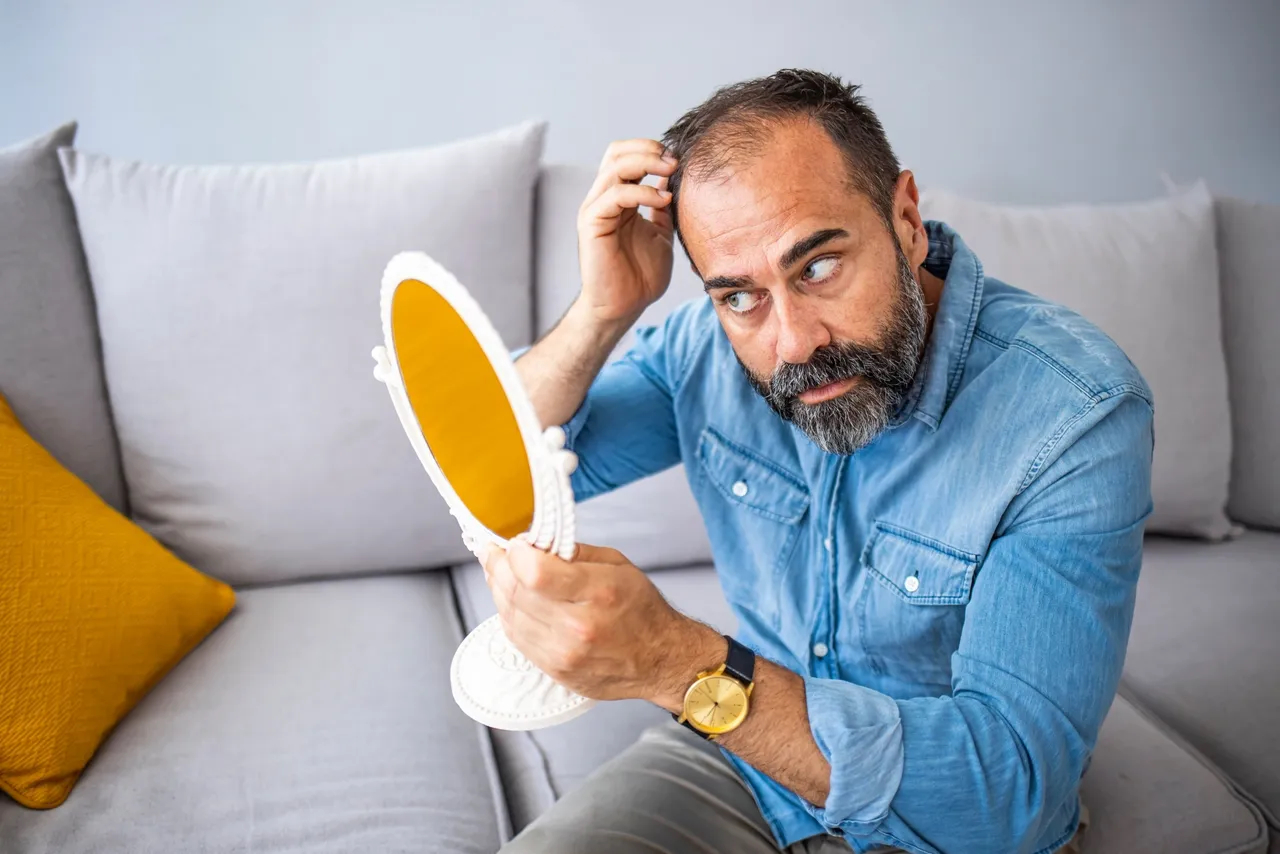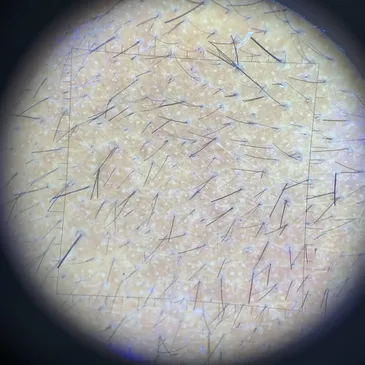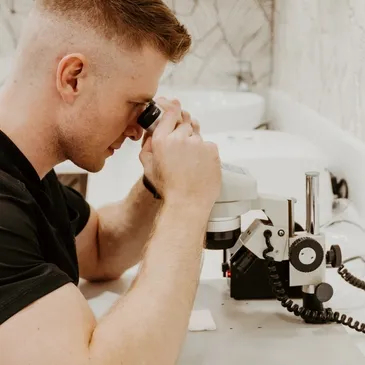
Medical Hair Loss Treatments
Prevent | Preserve | Restore | Radiate
Medical treatments for hair loss aim to simultaneously stop the underlying cause of hair loss while creating a healthy scalp environment to support the process of healing dormant or damaged hair follicles, to stimulate healthy hair growth.
Medical Hair Restoration
Hair loss, known as alopecia, is a common conditioning affecting both men and women of all ages. There are many potential causes of hair loss, which makes understanding and diagnosing the type of alopecia essential to the successful management of hair loss.
OUR CONSULTATION PROCESS

History and Discussion
Discussing the
– Onset and progression of hair loss
– Previous treatments received
– Family history
– Medical conditions and medications
– Lifestyle factors
– Nutrition and supplementation
– Goals and Expectations

Hair and Scalp Analysis Trichoscopy
A close examination of the scalp and hair is done to identify the underlying cause and contributing factors.
High power magnification (Trichoscopy) is used to visualise hair and specific characteristics that aid in the diagnosis, and predict the response to treatments.

Special Investigations
If our history and examination leads us to suspect an underlying medical condition could be contributing to hair loss, then we will recommend performing further investigations to confirm this. These may include:
– Blood tests
– Genetic tests
– Scalp Biopsies
MEDICAL HAIR RESTORATION OPTIONS
Topical & Oral Medications
– Minoxidil
– Finasteride and Dutasteride
– Enzyme inhibitors
– Growth factors
– Nutritional Supplements
PRP and PRF Platelet Therapies
Using high concentrations of growth factors, that are extracted from your blood samples, to stimulate follicle regeneration and improve blood supply.
Microneedling
Creating small channels in the skin increases collagen production, blood flow and stimulates a healing response from the body. Combined with serums to aid hair growth.
Peptide Mesotherapy and Hair Filler
Providing high concentrations of proteins, vitamins and minerals directly to the follicles. Boosting their ability to sustain healthy hair growth.
Medical Grade Carboxy Therapy
To increase blood and oxygen supply to the scalp by injecting medical grade carbon dioxide under the skin.
LLLT Laser Light Therapy
Used as a combination treatment with other options. Influencing inflammation, energy and cellular metabolism. Allowing hair follicles to function in a healthier scalp environment.
FUE and ARTAS Robotic Hair Transplants in South Africa
REQUEST A CONSULTATION
Get help with hair loss by contacting our team.
Please send us a message with your request and attach relevant images then our team will contact you back to schedule an appointment.
Contact Form
"*" indicates required fields
Frequently Asked Questions
WHEN SHOULD I SEEK HELP WITH HAIR LOSS?
Hair restoration options are largely based on the amount of viable/live follicles that are still present on the scalp. If you have noticed a visible thinning of your hair it is likely that you have already lost a fair amount of hair, meaning the earlier the better. Early onset hair loss can often be treated with simple solutions including medical treatment, topical products or non-invasive in-clinic therapies to revitalise the follicles. At later stages of hair loss, once the follicles have permanently been lost, it is likely that more intensive therapy will be required including hair transplantation.
WHAT IS ALOPECIA AND DO I HAVE ALOPECIA?
Alopecia is a general term used to describe hair loss, for which there are many different types and underling causes. If you are noticing hair loss, whether it be receding of your hairline, blading, shedding or general thinning, you are likely experiencing alopecia. The crucial part is being able to diagnose the exact type of hair loss, as they each have underlying causes which need to be addressed and specific treatments planned in order to restore healthy growth.
WHAT CAUSES HAIR LOSS?
- Females: Even though hereditary hair loss accounts for the majority of hair loss in females, a wide range of factors can influence the process. These include stress, medications, general health status, nutritional deficiencies, iron deficiency, genetics, hormonal imbalances, thyroid disease, PCOS (polycystic ovarian syndrome), auto-immune conditions, contraception and other less common factors.
This makes a thorough consultation, a clinical and microscopic examination and further laboratory investigations essential in the workup and diagnosis of the underlying cause of women’s hair loss.
- Males: Male pattern hair loss (Androgenetic alopecia) occurs as a result of a genetic sensitivity to a hormone known as DHT (Dihydrotestosterone) which is a metabolite of testosterone. This causes hair follicles to become smaller and thus the hairs that they produce become shorter and finer. If intervention is delayed the condition does progress to permanent follicle loss. These fine hairs, known as miniaturised hairs, provide less coverage over the scalp and give the appearance of progressively receding hairlines and a reduced overall density of scalp hair.
